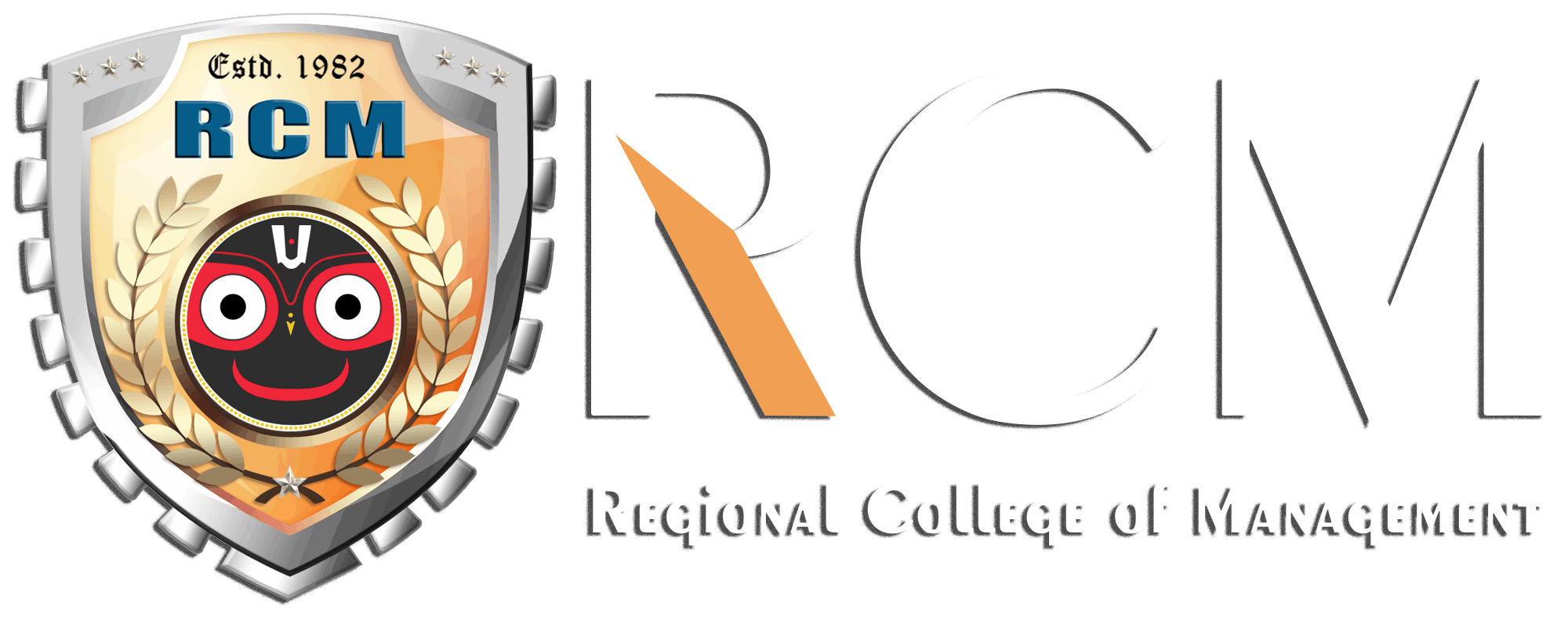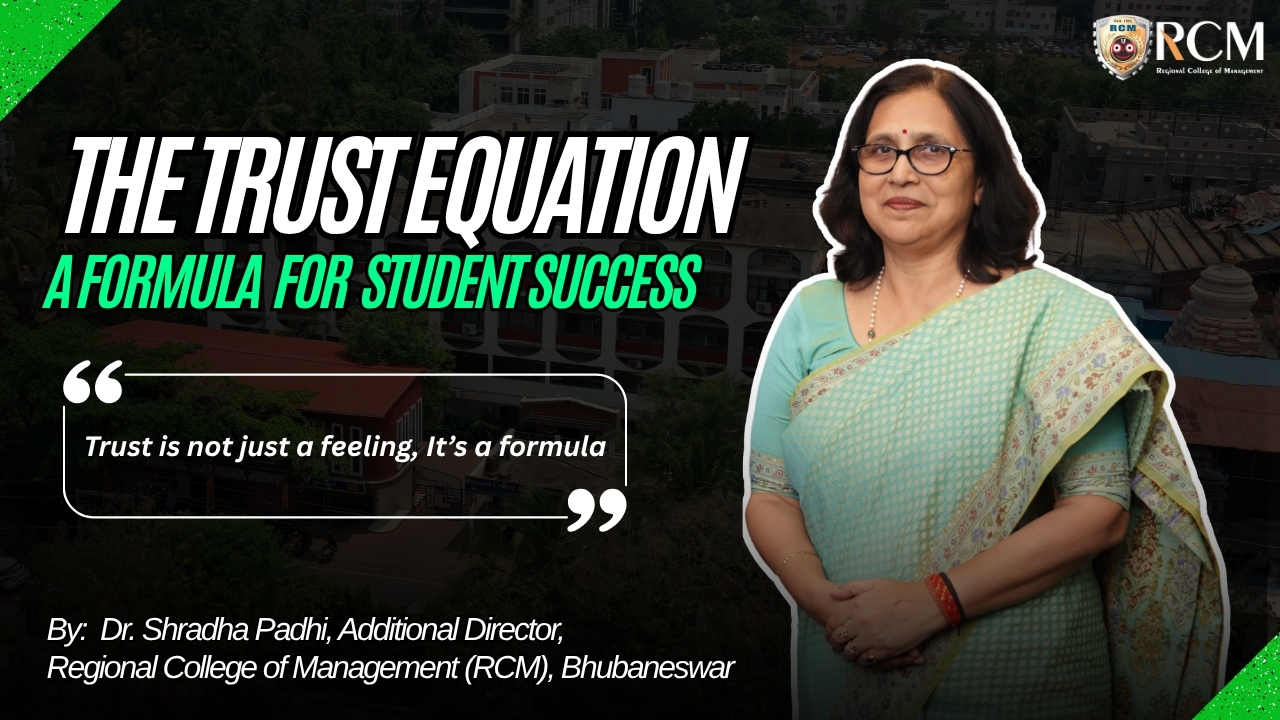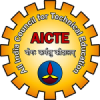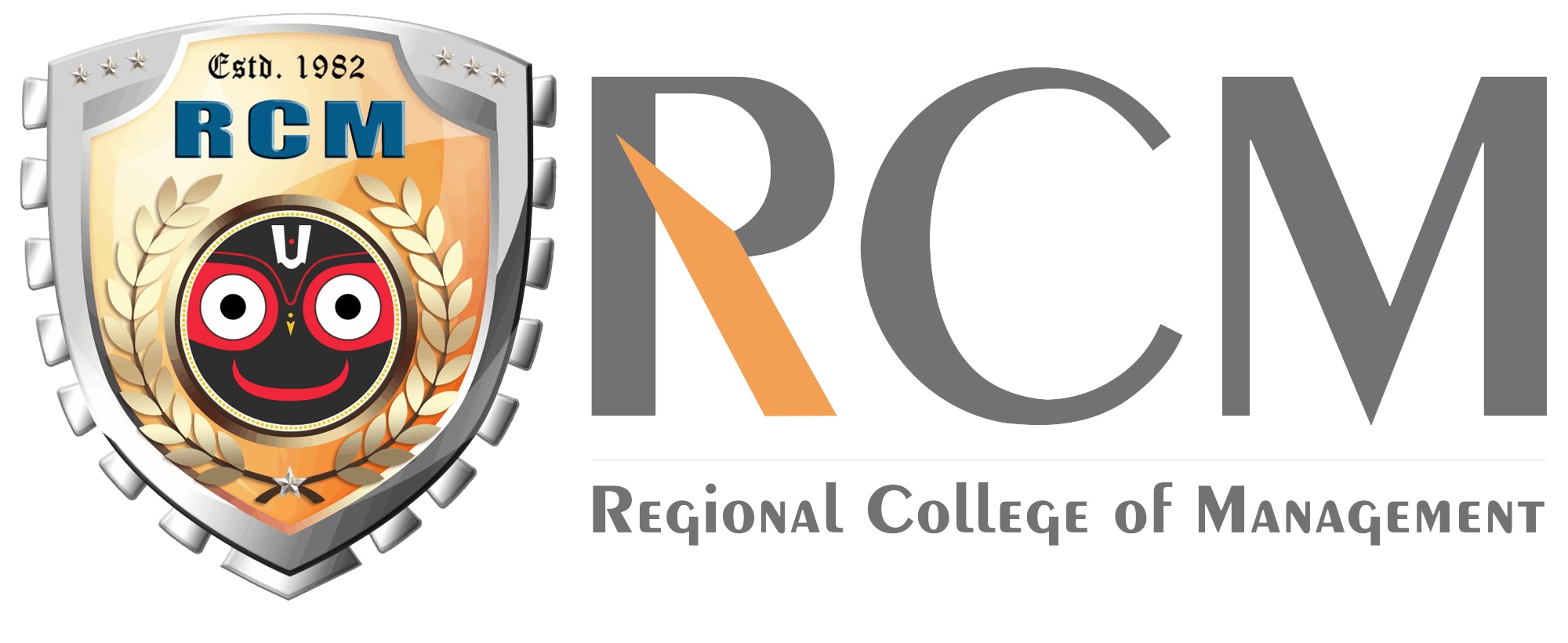By Dr. Shradha Padhi, Additional Director, Regional College of Management (RCM), Bhubaneswar, the concept of the Trust Equation provides valuable insights into building strong professional relationships.
“Trust is not just a feeling—it’s a formula.”
In the realm of education, trust often feels intangible—something that is either present or absent in a classroom. But what if we could understand trust in concrete terms? What if we could build it intentionally and measure its presence through behavior, consistency, and connection?
In both leadership and learning, trust is the foundation on which engagement, growth, and performance stand. When students trust their teachers and the environment around them, we see a measurable impact: improved participation, consistent attendance, and enhanced academic performance.
To build this vital foundation, we can borrow a concept from the world of leadership and business—the Trust Equation.
The Trust Equation: A Framework for Building Connection
Originally developed in business contexts, the Trust Equation offers a powerful lens to understand how trust is built, maintained, and sometimes broken. It breaks trust down into four key components:
- Credibility – What you say: the knowledge you bring, your clarity, and your confidence.
- Reliability – What you do: your consistency and dependability.
- Intimacy – How safe others feel with you: emotional closeness and the ability to be vulnerable.
- Self-Orientation – Who you focus on: a lower score means you’re more focused on others than yourself.
Put together, the equation looks like this:
Trust = (Credibility + Reliability + Intimacy) / Self-Orientation
This formula helps explain why trust is often broken when someone is self-serving, even if they are competent and consistent. Conversely, even modest credibility can inspire trust when accompanied by deep care and emotional safety.
What This Means in Education
In classrooms and campuses, the Trust Equation becomes a powerful tool to create environments where students can truly thrive. Here’s how each component translates into daily educational practice:
- Credibility + Reliability: Teachers and academic leaders must show up prepared, deliver on what they promise, and maintain consistency in instruction and feedback.
- Intimacy: This is about more than being “nice”—it’s about building authentic relationships. Creating a safe and inclusive space where students feel seen, heard, and supported is essential.
- Low Self-Orientation: The best educators are those who put student growth above personal gain. It’s not about ego—it’s about impact.
When all of these elements are present, trust grows—and with it, so does student engagement, collaboration, and academic performance.
Why It Matters Now More Than Ever
In an age where students face increasing pressures—social, academic, and emotional—educators need more than just curriculum mastery. They need emotional intelligence, consistency, and a learner-centered approach.
The Trust Equation reminds us that trust is not just a vague ideal but a measurable, actionable strategy—one that can transform classrooms, colleges, teams, and leadership.
Let’s invest in building trust not by chance, but by choice.
#TrustEquation #EducationLeadership #StudentSuccess #EmotionalIntelligence #LearningCulture #ClassroomLeadership #TrustMatters




























